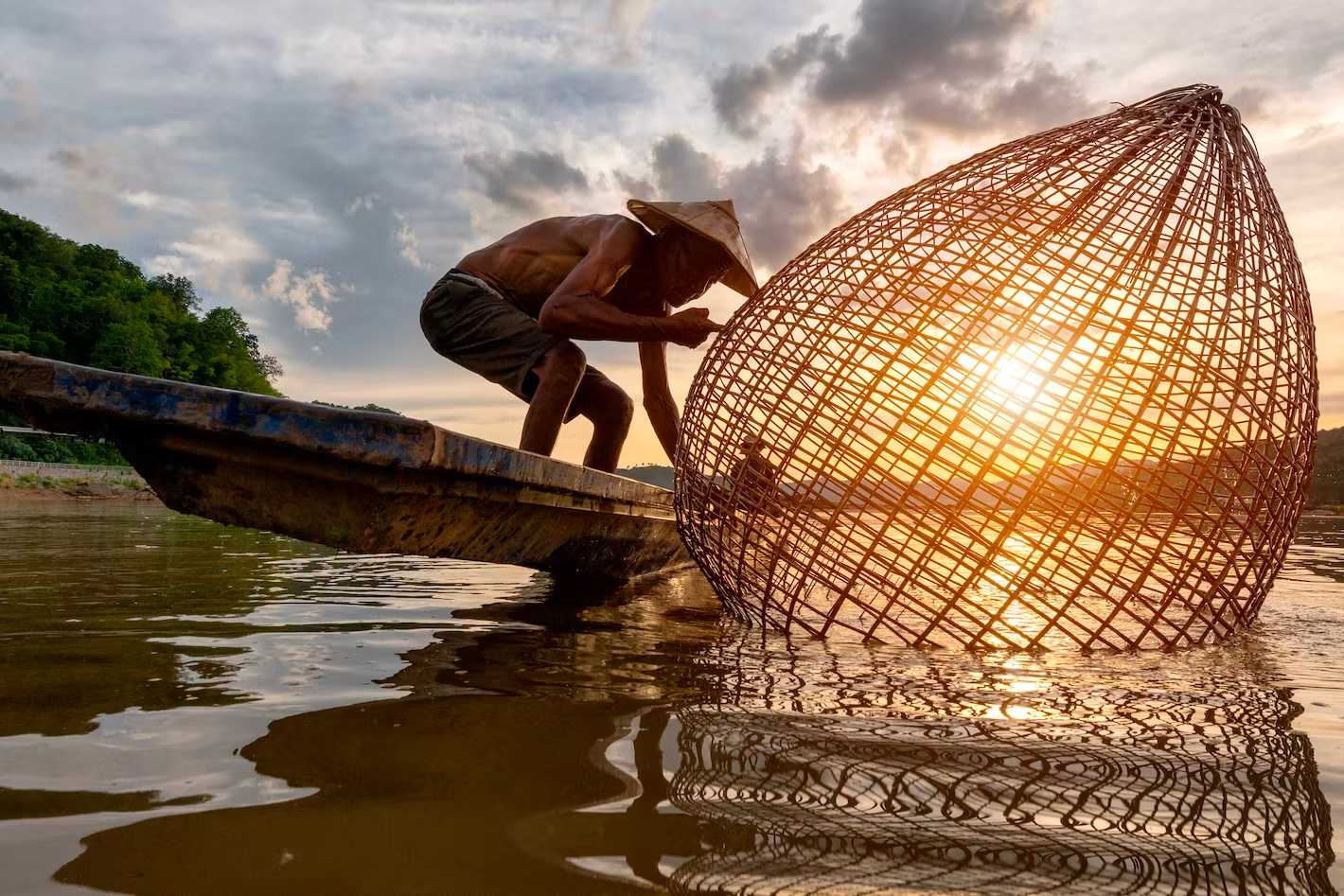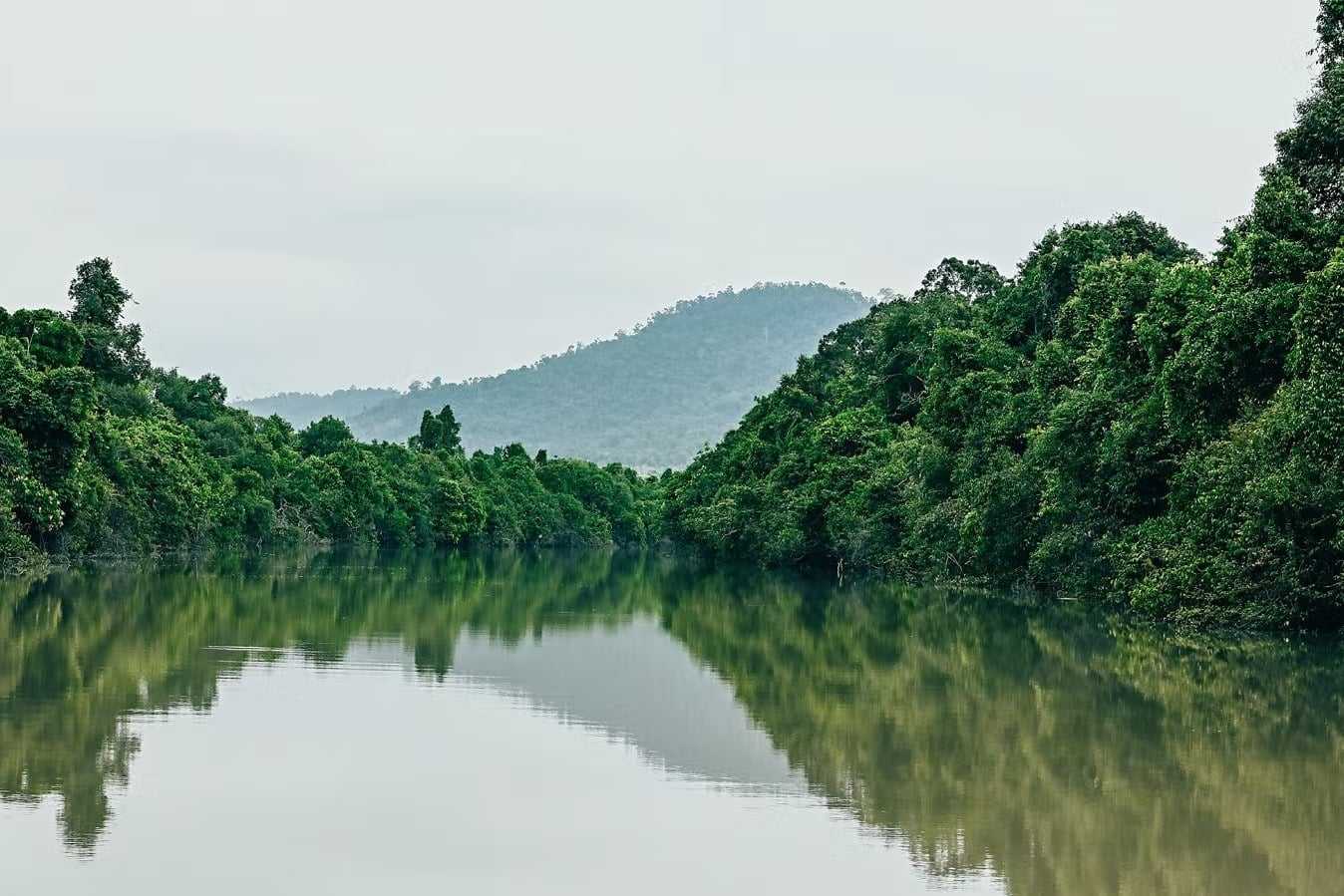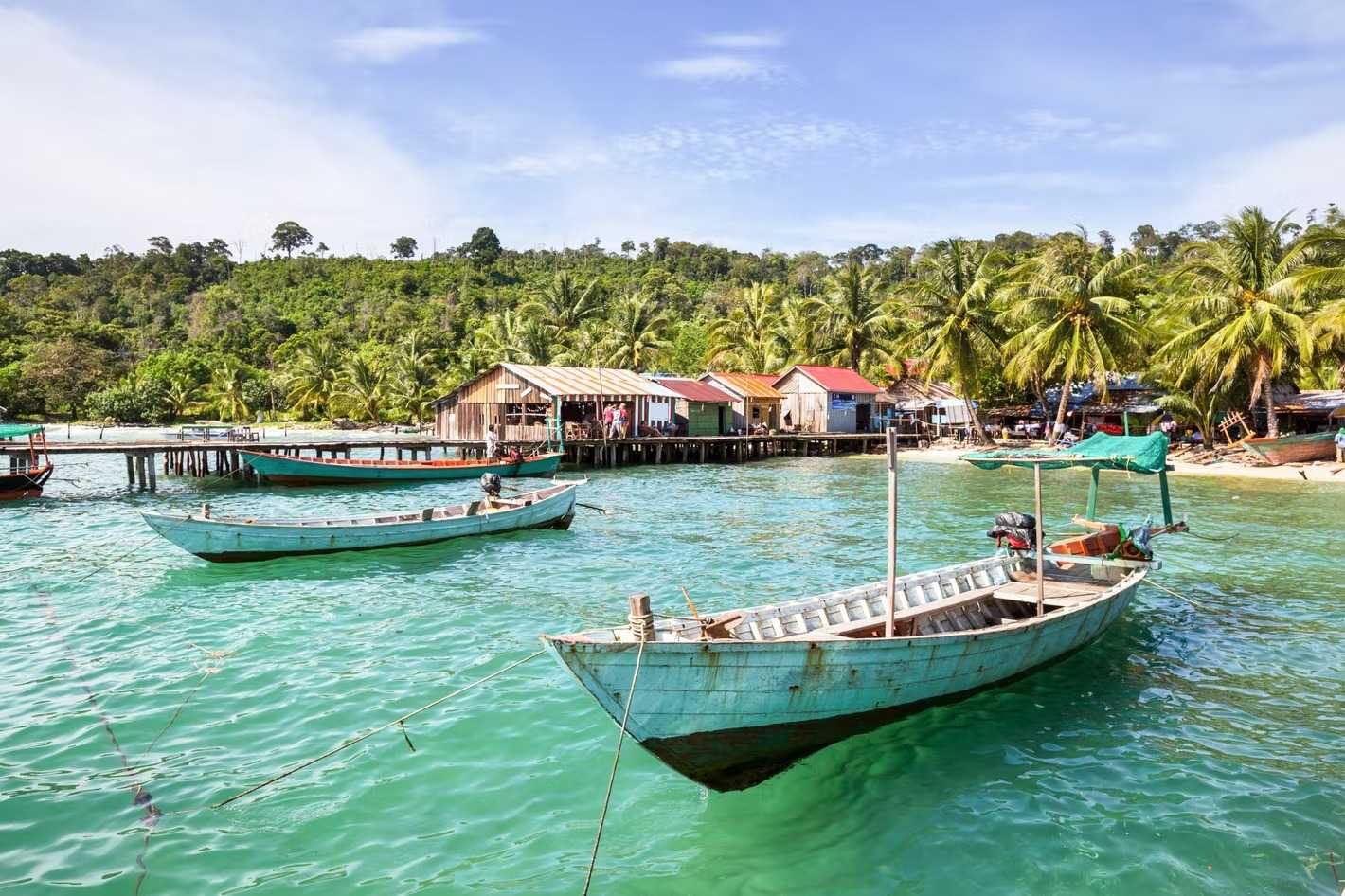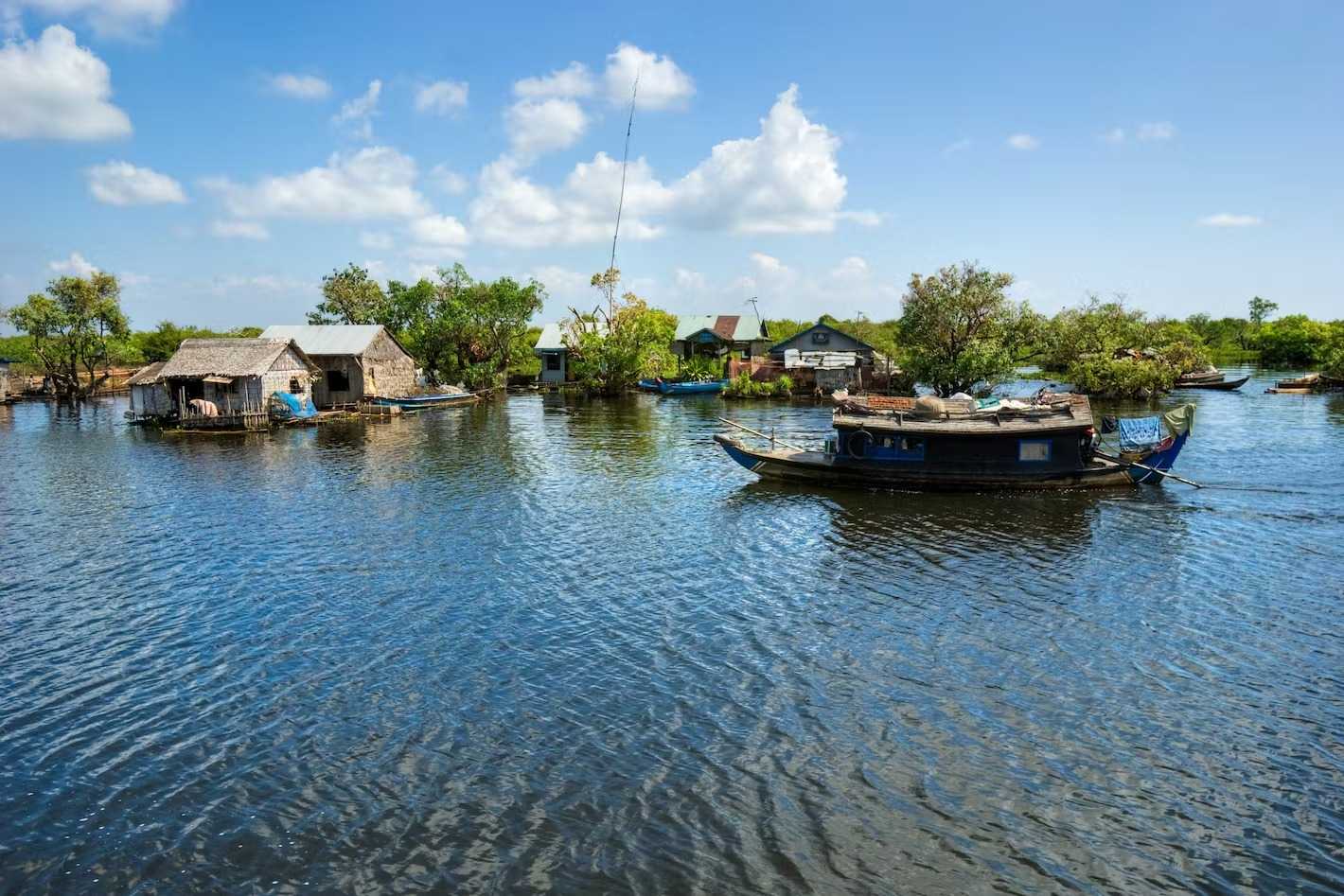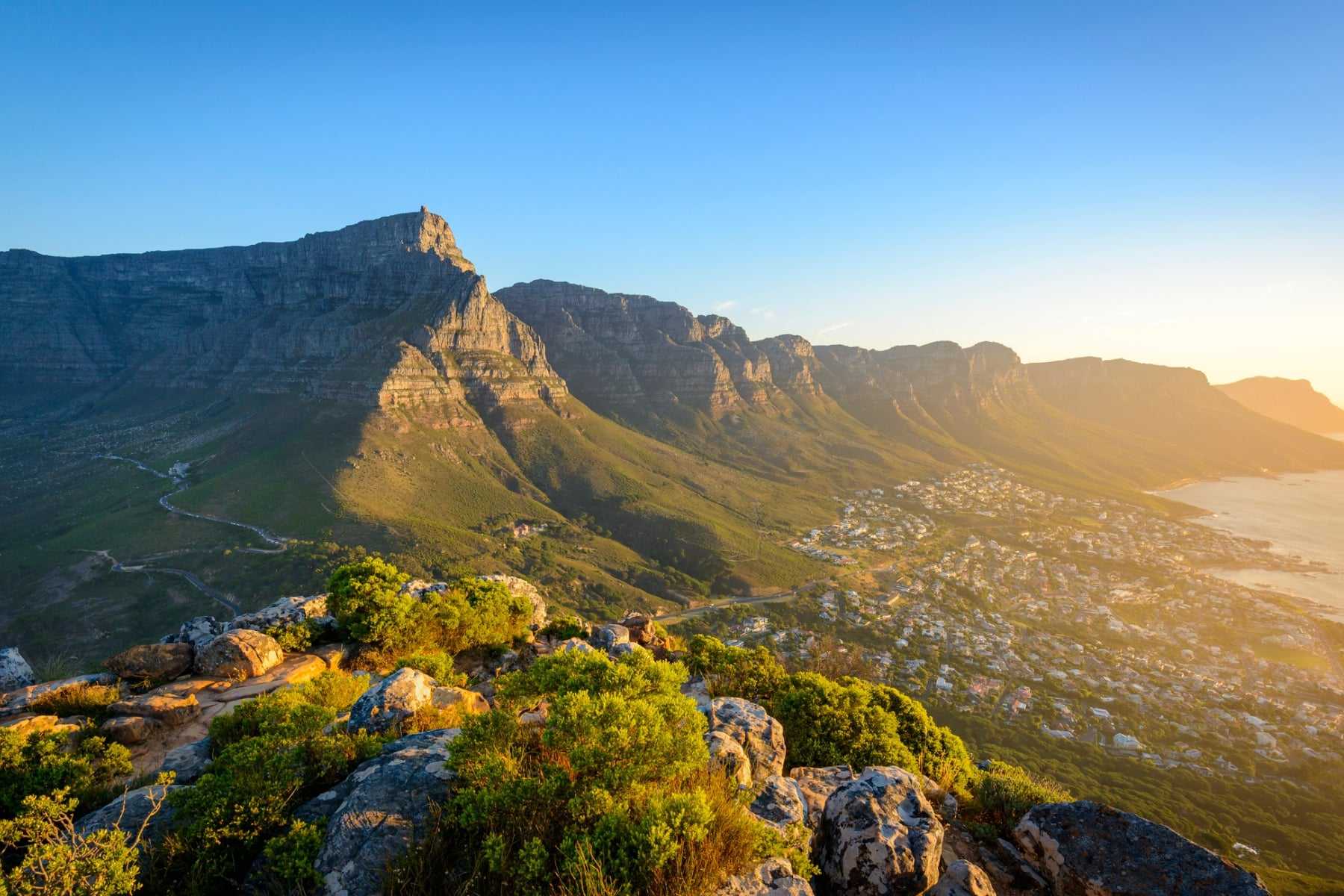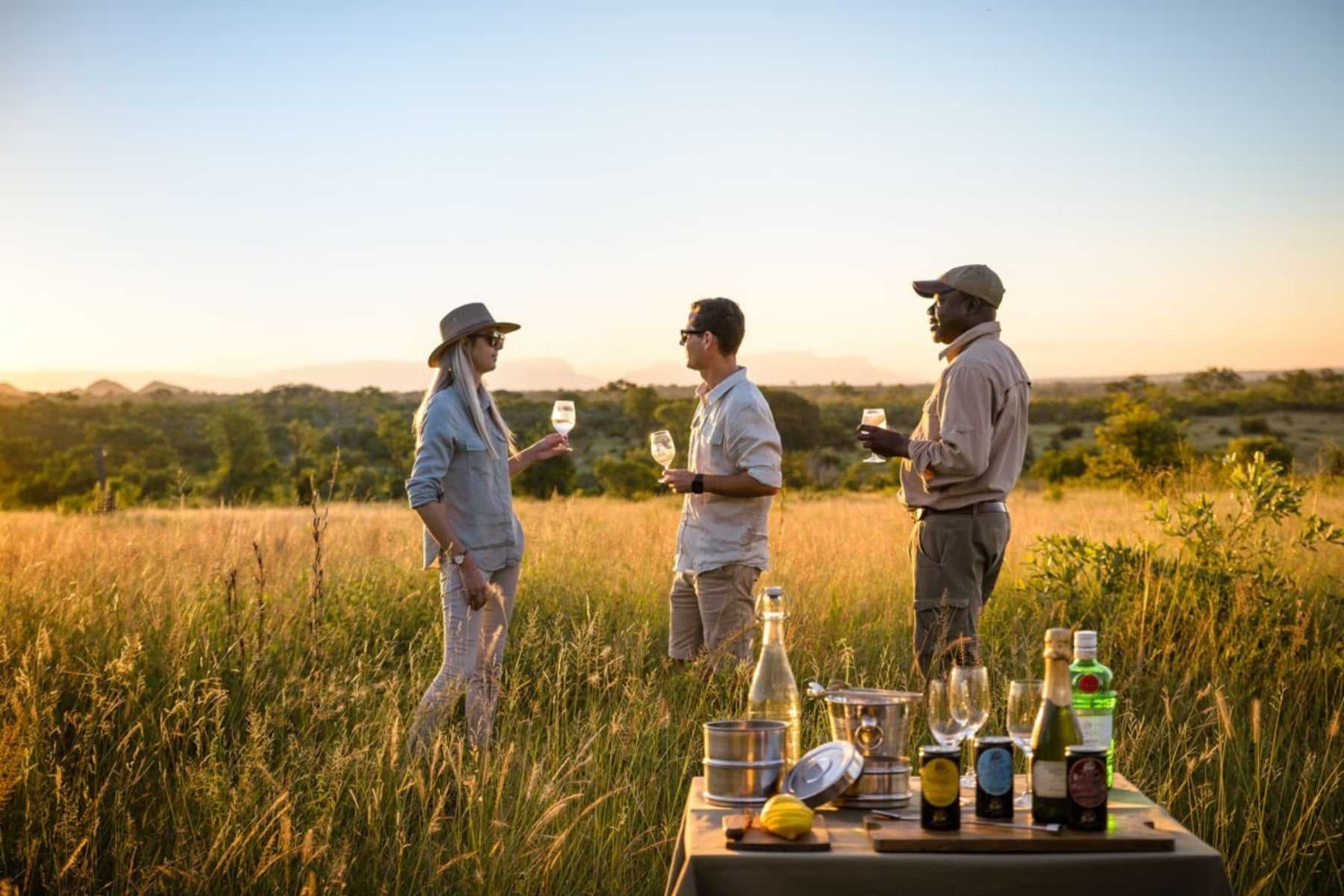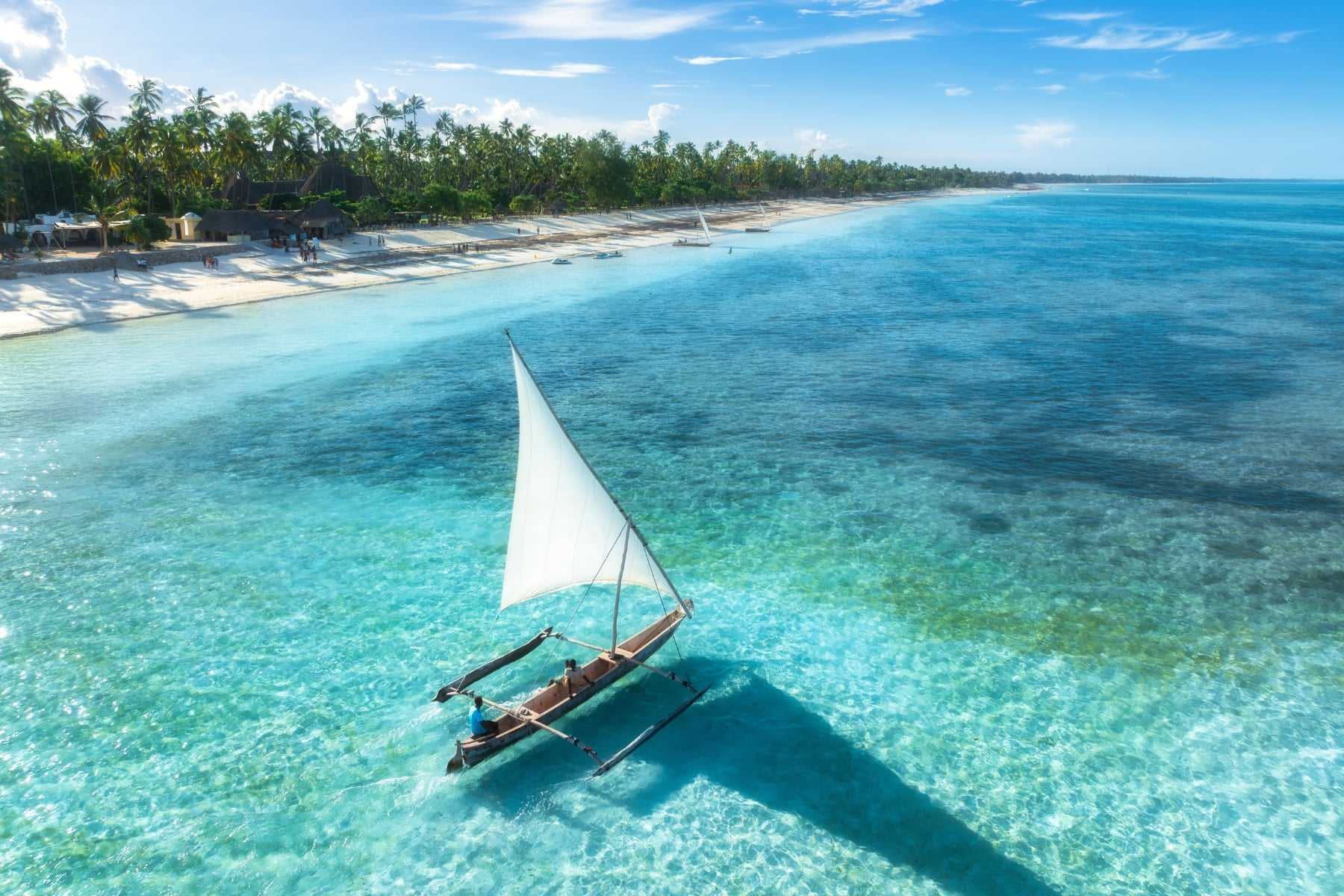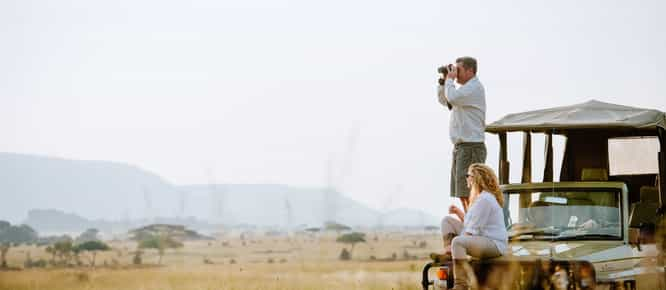You could say that there isn’t really a bad time to visit Cambodia. It’s beautifully warm all year round, but, as with most South East Asian countries, there is a wet season that brings with it tropical showers – often seen as a blessing in disguise as they really help to break up the heat – as well as a hot, dry season perfect for heat-loving lizards. Both have a unique charm, however, and there’s a season for everyone in this wild and pretty corner of the world. Read on for our guide on the best time to visit Cambodia.
October to March
This is easily the most popular time to visit Cambodia and any of our Cambodia trips will be perfect at this time of year as the weather is so agreeable. How about our Classic Cambodia trip, where you’ll see everything from Siem Reap and the beaches of Kep to the Cardamom Mountains.
So, down to the weather. At this time of year, the sun is shining, the rains are a few months away and you’re almost guaranteed beautiful weather. It’s cooler than the heat of summer – but cooler doesn’t equal cool by any means and the weather is ideal for lounging by the pool or beach, cocktail in hand. It’s also a great time to visit the famous Angkor Wat and wander the ruins in the bright and balmy sunshine. If the lush Cardamom Mountains are on your must-see list, then this is the time to go as the area can get incredibly steamy in the following months. It’s best to trek through those humid forests whilst it’s cool enough to enjoy it.
If local festivals appeal, there’s plenty going on from October to March. The Chinese New Year (known locally as Chaul Chnam Chen) falls at the same time as the Vietnamese New year (Tet) in either January or February and a celebratory atmosphere is ever-present. Bon Om Touk, a water festival, is an amazing sight to see and usually takes place in either late October or early November, just when the warmer weather comes in. Expect dragon boat races, fireworks and spectacular (free) concerts.
If we had to choose one downside, it would be that the country is noticeably busier during these high season months, but when the weather’s this good…
April to May
This season begins with hot weather and the mercury levels continue to rise as the weeks progress. As the rainy season approaches, humidity builds bringing with it luscious landscapes and shoots of green bursting up everywhere. But, if you don’t mind a bit of heat, and love culture and festivals, this is a great time to visit.
Arguably the most important festival, Khmer New year (or Choul Chnam Thmey) falls in April and celebrations are held across the country, although plan carefully as many business will close along with large attractions. Early May sees in the Royal Ploughing Ceremony (Chat Preah Nengkal) where the royal oxen predict if there will be a good harvest, and Visakha Puja (Buddha Day) sometimes falls in May. The festival is a celebration of Buddha and monks lead candle-lit processions through Angkor Wat in a very special and poignant display.
This is also a great time to seek out Cambodia’s sparkling beaches. Nothing beats the heat like a quick dip, after all. Try planning a Laos and Cambodian trip, pairing sandy beaches with Luang Prabang and Champasak in Laos, the perfect pairing for a South East Asian escape.
June to September
At this time of year, the rainy season officially begins – but all is not lost, and it’s still an excellent time to seek out Cambodia’s charms. The rains start in June, and gradually get heavier until September (the wettest month of the year) and the southwest monsoon arrives. Travel to remote areas of the country and beaches is not advised, but you can still make the most of Angkor Wat at a time where there are far less visitors, as well as the floating villages of Tonle Sap Lake that are at their best. If you’re looking to avoid the crowds and are more focused on Cambodia’s cultural offerings, then this is the time for you.
Fill your culture cup to the brim with our Vietnam & Angkor Wat trip that takes in the historic hotspots across both countries. We’ll advise you on logistics and places to avoid during the heavy rains.
